Larry E. Ivers - This Torrent of Indians: War on the Southern Frontier, 1715–1728
Here you can read online Larry E. Ivers - This Torrent of Indians: War on the Southern Frontier, 1715–1728 full text of the book (entire story) in english for free. Download pdf and epub, get meaning, cover and reviews about this ebook. City: Columbia, year: 2016, publisher: University of South Carolina Press, genre: History. Description of the work, (preface) as well as reviews are available. Best literature library LitArk.com created for fans of good reading and offers a wide selection of genres:
Romance novel
Science fiction
Adventure
Detective
Science
History
Home and family
Prose
Art
Politics
Computer
Non-fiction
Religion
Business
Children
Humor
Choose a favorite category and find really read worthwhile books. Enjoy immersion in the world of imagination, feel the emotions of the characters or learn something new for yourself, make an fascinating discovery.
- Book:This Torrent of Indians: War on the Southern Frontier, 1715–1728
- Author:
- Publisher:University of South Carolina Press
- Genre:
- Year:2016
- City:Columbia
- Rating:3 / 5
- Favourites:Add to favourites
- Your mark:
This Torrent of Indians: War on the Southern Frontier, 1715–1728: summary, description and annotation
We offer to read an annotation, description, summary or preface (depends on what the author of the book "This Torrent of Indians: War on the Southern Frontier, 1715–1728" wrote himself). If you haven't found the necessary information about the book — write in the comments, we will try to find it.
The southern frontier could be a cruel and unforgiving place during the early eighteenth century. The British colony of South Carolina was in proximity and traded with several Native American groups. The economic and military relationships between the colonialists and natives were always filled with tension but the Good Friday 1715 uprising surprised Carolinians by its swift brutality. Larry E. Ivers examines the ensuing lengthy war in This Torrent of Indians. Named for the Yamasees because they were the first to strike, the war persisted for thirteen years and powerfully influenced colonial American history.
Iverss detailed narrative and analyses demonstrates the horror and cruelty of a war of survival. The organization, equipment, and tactics used by South Carolinians and Native Americans were influenced by the differing customs but both sides acted with savage determination to extinguish their foes. Ultimately, it was the individuals behind the tactics that determined the outcomes. Ivers shares stories from both sides of the battlefieldtales of the courageous, faint of heart, inept, and the upstanding. He also includes a detailed account of black and Native American slave soldiers serving with distinction alongside white soldiers in combat. Ivers gives us an original and fresh, ground-level account of that critical period, 1715 to 1728, when the southern frontier was a very dangerous place.
Comprehensive and highly readable . . . This book will be a classic of Southern history. Lawrence S. Rowland, Professor Emeritus, University of South Carolina at Beaufort
Larry E. Ivers: author's other books
Who wrote This Torrent of Indians: War on the Southern Frontier, 1715–1728? Find out the surname, the name of the author of the book and a list of all author's works by series.

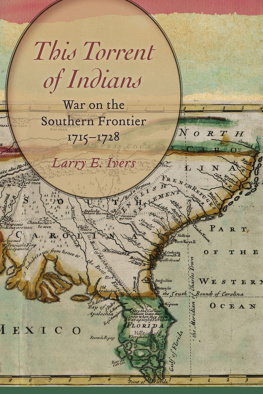

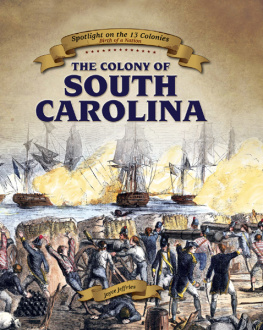
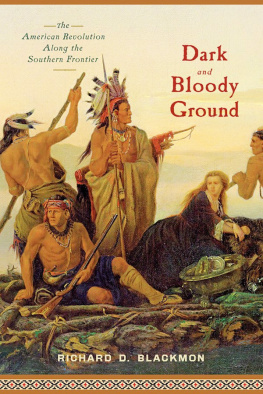

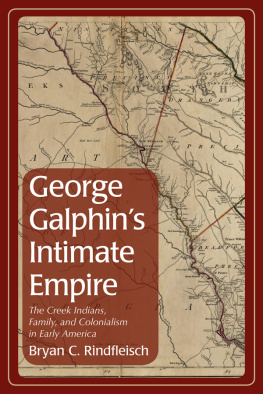
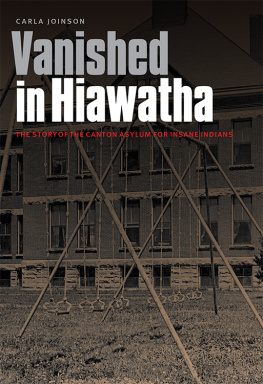


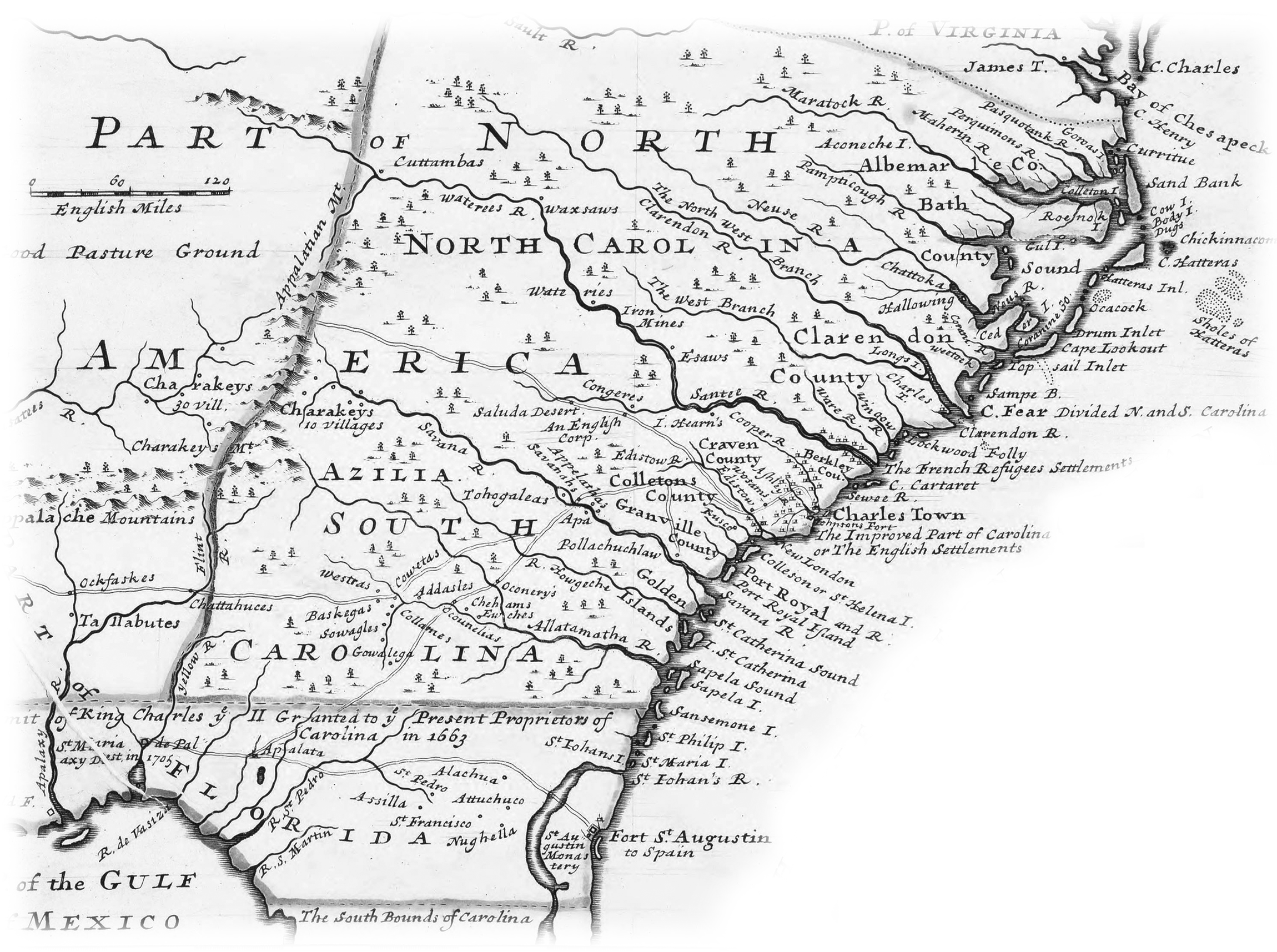


 CHAPTER 1
CHAPTER 1